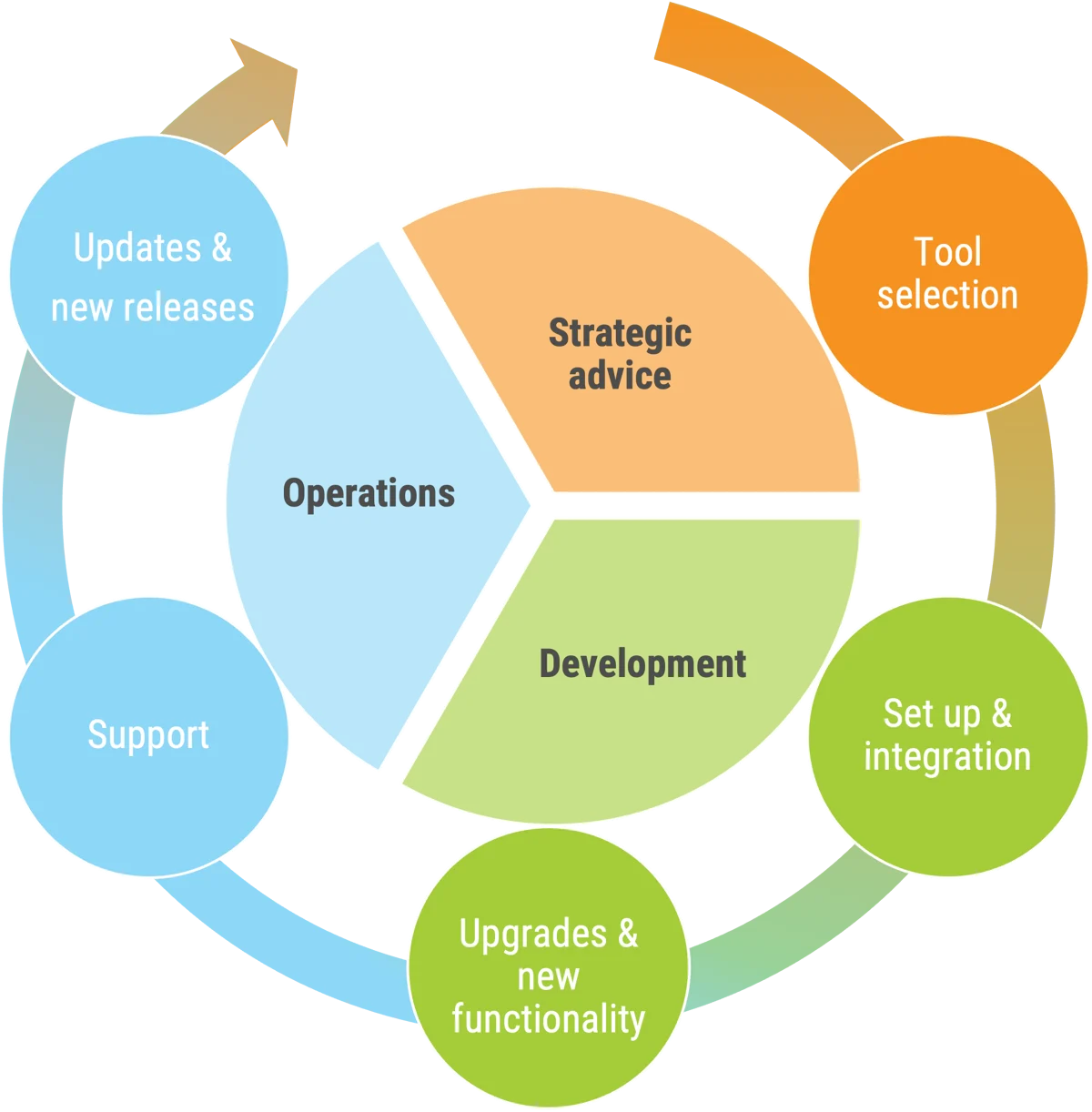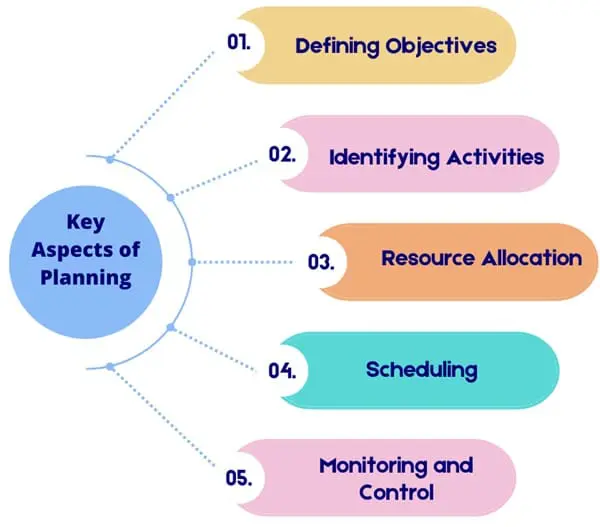Low-code development has emerged as a transformative approach in the software industry, enabling organizations to create applications faster, with fewer resources, and without deep coding expertise. For companies seeking to accelerate their digital transformation, low-code platforms are becoming a strategic investment.
At Singleclic, we help businesses across the Arab world harness the power of low-code development to innovate, streamline operations, and stay ahead of the competition.
Understanding the Concept of Low-Code
Low-code is a software development approach that uses visual interfaces, drag-and-drop tools, and pre-built components to create applications quickly. Unlike traditional coding, where every function is written from scratch, low-code platforms allow developers and even business users to design applications with minimal hand-coding.
Key Features of Low-Code Platforms
- Visual Development Environment – Build apps using intuitive design tools.
- Pre-Built Components – Reuse modules to speed up development.
- Integration Capabilities – Easily connect with databases, APIs, and enterprise systems.
- Scalability – Develop small apps or complex enterprise solutions.
Benefits of Low-Code for Businesses
The adoption of low-code platforms can deliver significant advantages to businesses of all sizes.
1. Faster Time-to-Market
Applications can be developed and deployed up to 70% faster compared to traditional methods, giving businesses a competitive edge.
2. Cost Efficiency
By reducing the need for large development teams, businesses can lower operational costs without compromising quality.
3. Flexibility & Adaptability
Low-code allows quick updates to applications in response to market changes or evolving business needs.
4. Empowering Non-Technical Teams
Business analysts and non-technical staff can actively participate in the development process, reducing IT backlogs.
Examples of Low-Code Applications
Low-code platforms are versatile and can be used across industries. Examples include:
- CRM Systems for sales teams.
- Inventory Management Applications for retail businesses.
- Customer Portals for service-based companies.
- Business Intelligence Dashboards for data-driven decisions.
Low-Code in Business Intelligence
Low-code platforms also play a pivotal role in business intelligence (BI) by enabling faster creation of analytics dashboards and reporting tools. This allows decision-makers to visualize data and respond to trends in real-time.
Why Partner with Singleclic for Low-Code Solutions
As a leading IT solutions provider since 2013, Singleclic specializes in delivering end-to-end low-code solutions tailored to each industry’s unique needs. Our services include:
- Custom Application Development
- Enterprise Integration
- Cloud-Ready Deployments
- Ongoing Support & Optimization
📌 Learn more about how low-code can transform software development in our main guide:
👉 Low-Code Development Platforms: Transforming Software Development
Conclusion
Low-code is not just a trend—it’s a strategic tool that empowers businesses to innovate faster, reduce costs, and adapt to change. With the right partner, such as Singleclic, organizations can unlock the full potential of low-code and stay competitive in the digital era.
📞 Contact Singleclic Today
Egypt: +2 010 259 99225
UAE: +971 42 475421
KSA: +966 58 1106563
🌐 Website: https://singleclic.com







